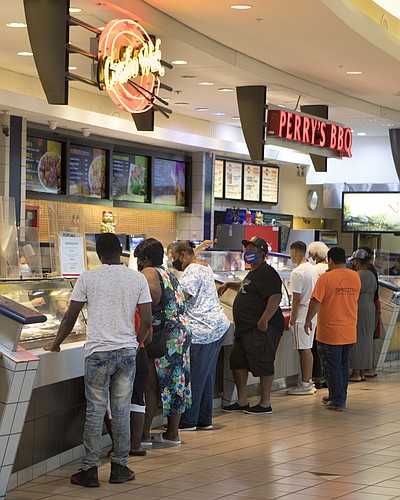- December 13, 2025
-
-
Loading

Loading

Sitting on Fowler Avenue, just a mile or so from the University of South Florida, is University Mall. Like a lot of malls, it’s a massive, spread out edifice surrounded by acres of parking spots.
And like a lot of malls, it has seen better days.